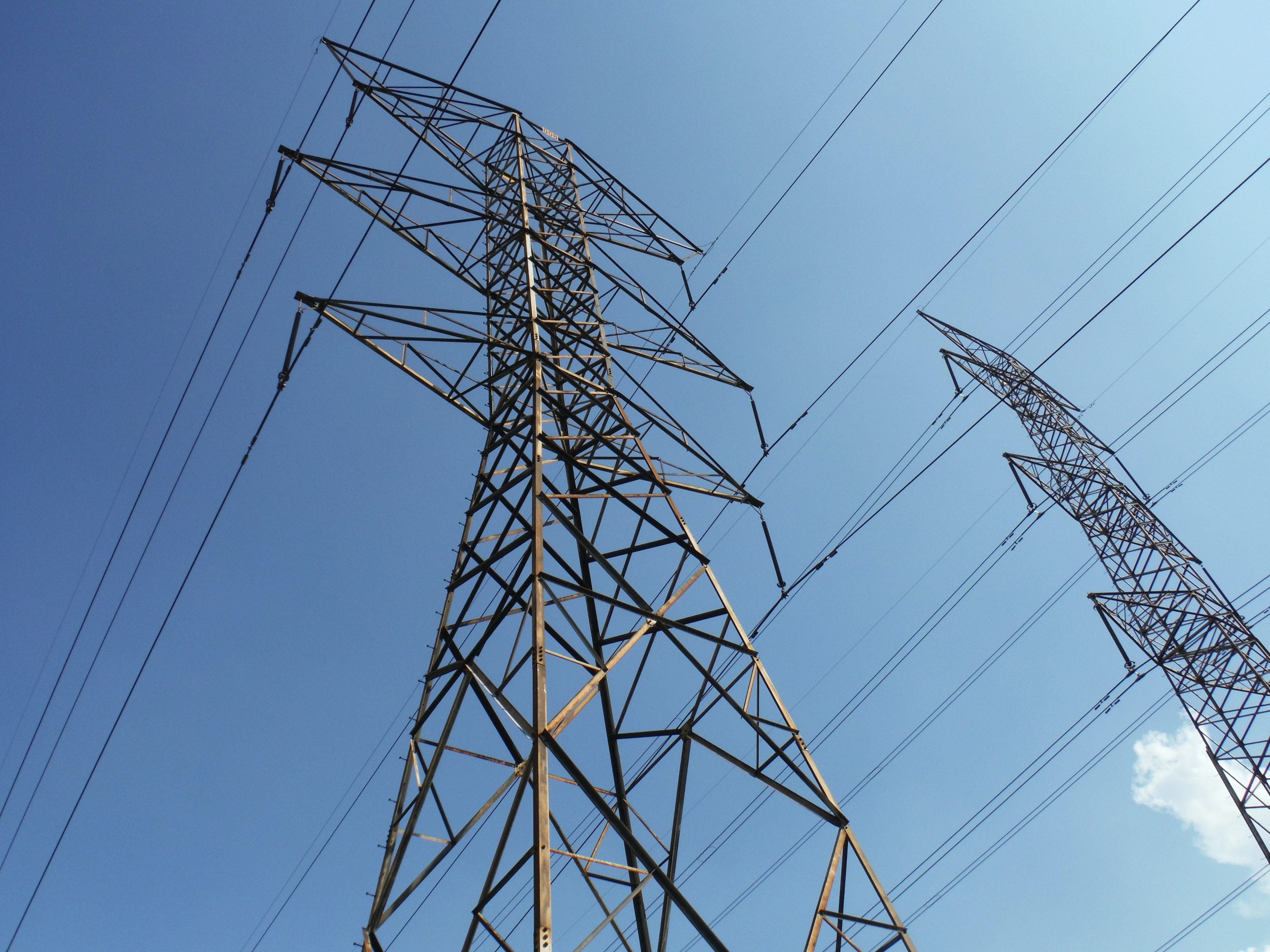This blog was co-authored by Nicole Buell, Director for Federal Climate Innovation at EDF.
The Inflation Reduction Act puts a nearly $370 billion down payment on clean energy and climate progress, making it the most significant climate action ever taken by Congress. But this federal funding only scratches the surface of the law’s transformative impact on our economy.
A new policy brief from Environmental Defense Fund shows that investment in a few of the law’s key climate finance programs could pack an even greater punch, catalyzing 10 times greater investment from the private sector. Finance programs, including a new federal green bank, a program to reinvest in energy infrastructure and additional support for existing Department of Energy loan programs, could translate $38.7 billion of federal spending into $385 billion of private investment.
Here are some of the main ways the law can unleash more private dollars.










